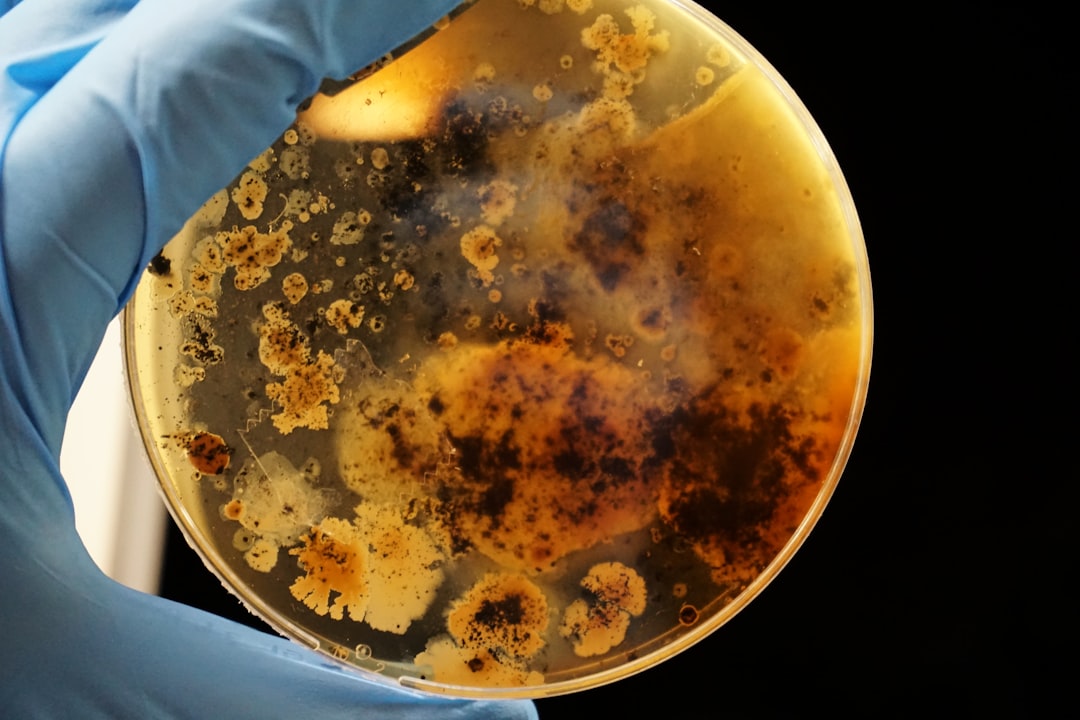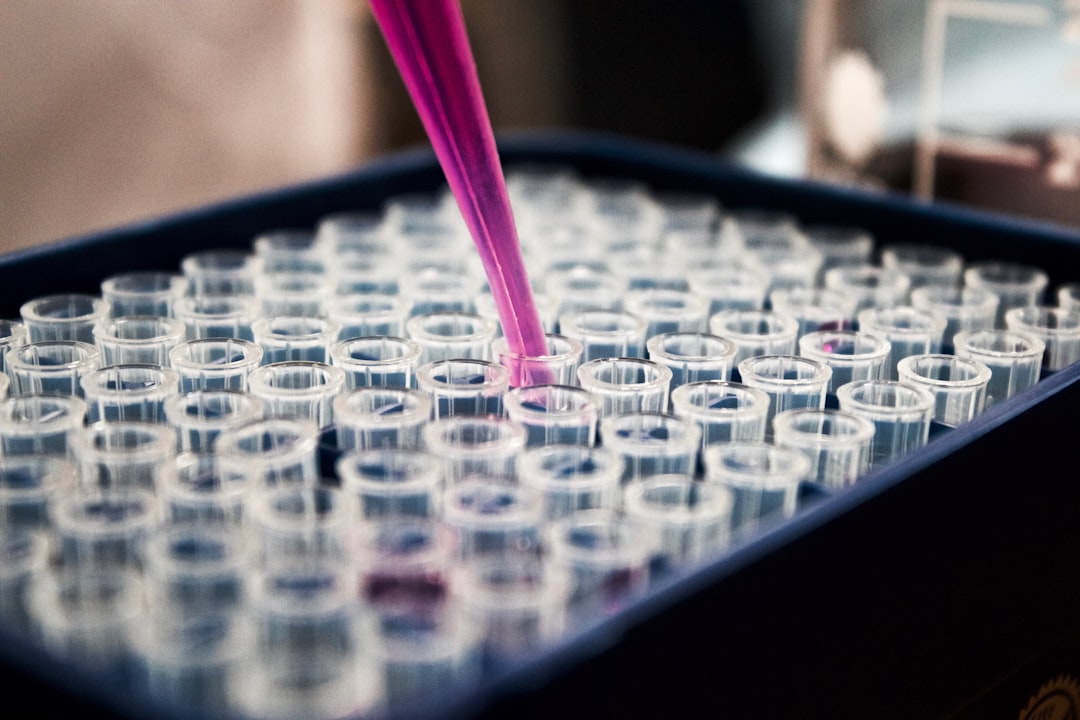What is it about?
Using a state-of-the-art Monte Carlo algorithm to generate polymer configurations on the lattice, we elucidate the role of adsorption in modifying the DNA melting transition. It has been shown that the interaction between the adsorbing surface and the double-stranded (ds) bound segments could play a crucial role in determining the stability of the bound phase. To understand the role of adsorption, we use two different models differing in how the ds-bound segments interact with the adsorbing surface; in the first model, we consider the ds segments on equal footing to the single-stranded (ss) unbound segments, with equal energy upon interaction with the surface. In the second model, we consider double interaction strength for the ds segments compared to the ss segments. While the bound state is mainly destabilized in the first model, it only stabilizes in the second model. Further, in the second model, we found the possibility of a three-body bound state (also known as the Borromean phase in nuclear physics) where the potential values (for both base-pairing and adsorption) are not strong enough to support a two-body bound state. Moreover, in the same model, we found that the adsorption transition changes from continuous to first order upon coinciding with the melting transition.
Featured Image

Photo by Sangharsh Lohakare on Unsplash
Why is it important?
The melting of DNA is an essential step towards fundamental biological processes such as replication, transcription, etc., requiring revealing the genetic sequence. In experiments, the melting of DNA is controlled by varying the pH or the temperature of the DNA solution, neither of which would be allowed by physiological conditions inside the cell. Therefore, the cell needs other methods to manipulate the state of the DNA, interaction with a surface being one of the potential candidates. Further, adsorption can facilitate other functionalities, such as providing an alternative to bubble-mediated bending of the rigid bound segments. The adsorbing property of the DNA can be used to target drug delivery in gene therapy or for manufacturing biosensors. Therefore, it is necessary to understand the different possible phases arising from the DNA-surface interaction. This paper has studied the different possible phases.
Perspectives
This article shows how simple DNA models could extract results on par with the experiments. We hope you find this article interesting.
Debjyoti Majumdar
Ben-Gurion University of the Negev
Read the Original
This page is a summary of: Adsorption of melting deoxyribonucleic acid, Physics of Fluids, June 2023, American Institute of Physics,
DOI: 10.1063/5.0151155.
You can read the full text:
Contributors
The following have contributed to this page










